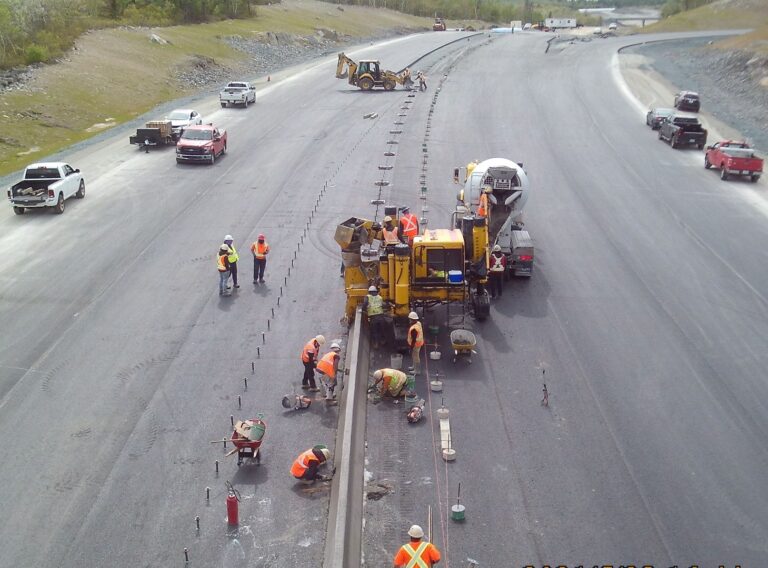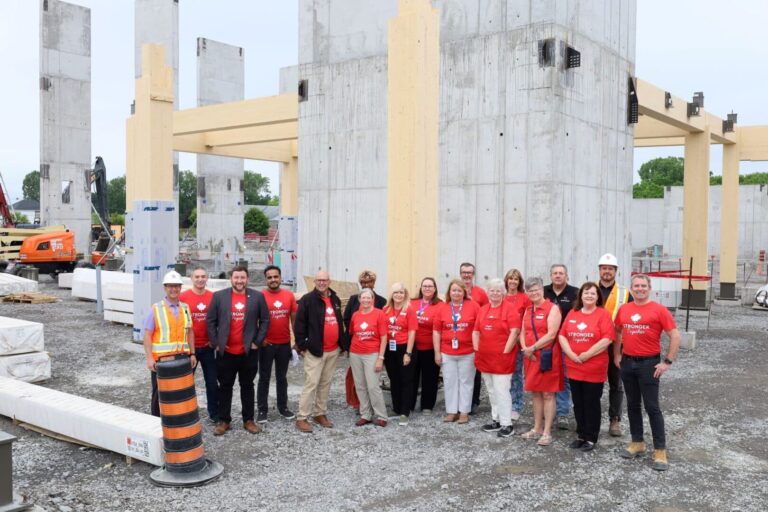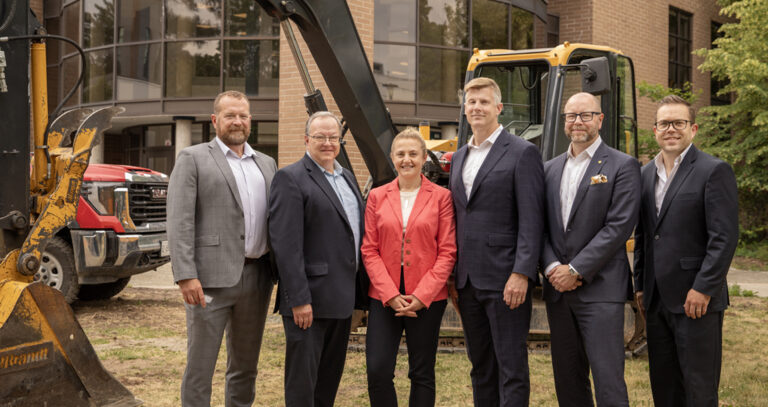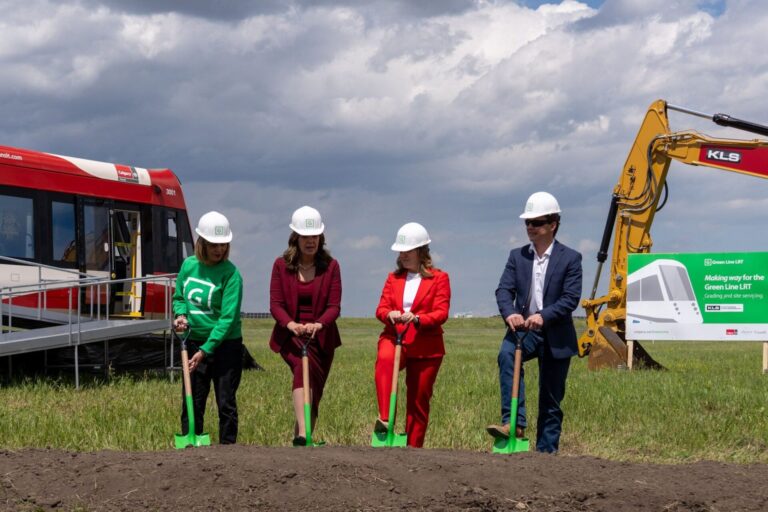Turner & Townsend has released its 2022 Canadian Construction Market Intelligence Report. The report provides market analysis, sector insights, and a construction cost guide for a wide range of building asset classes across major cities in Canada. Additionally, it shares perspectives on considerations for how arenas and sports venues can transition into a sustainable future, lessons learned for the aviation industry after a global black-swan event, and how carbon capture and utilization is fundamentally changing the natural resources and energy industry.
Economic overview
The report assesses the market conditions at the national and individual provincial level. Canada’s economy is expected to continue to grow despite the changing macroeconomic environment. The tight labour market and supply chain disruptions continue to impact productivity and the availability and cost of goods and building commodities. As a result, we believe that the inflation trend will stay elevated which, in our view, is likely to define the rest of the year for the construction sector. More locally, many provinces are experiencing stronger economic conditions, with a high volume of new job openings as firms increase hiring in anticipation of future demand.
As we wait for the Bank of Canada’s monetary decisions in the months ahead, we expect that several interest rate increases in 2022 could introduce volatility to the market. But, while the looming policy changes could impact the capital investment outlook for some industry segments, others are experiencing overwhelming consumer demand – like data centres and supply chain logistics facilities – where speed-to-market and capacity remain paramount to their operations and revenue. Additionally, ESG (Environmental, Sustainability and Governance) considerations are playing an ever-greater role in how and why capital is invested, prompting the construction sector to transform itself through innovation and financial commitments to sustainable, net-zero policies. The net result is likely to see some segments maintaining a “wait and see” position, while others accelerate existing construction development plans to meet future regulatory and consumer demands.
The role of Infrastructure Investment
Infrastructure investments have been prioritized in many provinces. In the last year we have seen some debate about the best way to structure major projects to ensure equitable risk for public and private stakeholders. We may see a shift in procurement policy to prioritize a quality-based approach in lieu of the traditional lowest-bidder rule. We expect this conversation will continue into 2022, as the number of public projects to be tendered grows in tandem with the release of Federal funding.
Cost Guide
The report also includes a cost benchmark of new construction (measured in CAD$/Sq. Ft) for a variety of different sectors including Residential, Commercial, Retail, Education, Healthcare, Government & Public Buildings, Industrial manufacturing & High Technology, Sports, Leisure & Hospitality, and Life Sciences.
Thought Leadership: Resiliency will help us capitalize on a net-zero world
Resiliency is about delivering results despite a constantly changing environment, especially as Canada adapts its economy for a net-zero future. The pandemic challenged the best resiliency plans and prompted many to adapt their business models, the articles below identify how organizations in real estate, infrastructure and natural resources are adapting to be more sustainable and resilient:
- Real Estate – Can existing stadiums deliver the experience expected of world-class events? – The IOC pledged to cut its greenhouse gas emissions by 50 percent by 2030, as a result major event programs need to be sustainable. The recent trend from bidding hosts capitalizes on the shift towards re-use rather than new build. This means programs use existing venues and infrastructure, but the challenge for organizers and stadium owners is to adapt and retrofit stadiums to create the ‘razzmatazz’ expected of a newly built stadium at an event on the world-stage.
- Infrastructure – Airports adapt to best-in-class resiliency – The world is experiencing an increased number of black-swan events, from pandemics to extreme weather events. These events test even the best capital and operational resilience plans, and airports are some of the most vulnerable businesses. As a result, airports around the world are quickly adapting to this new reality by creating agile business models that diversify income streams, utilize technology to optimize accessibility both now and in the future, and allow them to ramp up or consolidate operations as demand fluctuates.
- Energy – Decarbonizing emission intensive industries with CCUS – Canada’s natural resources sector accounts for over 15 percent of GDP, presenting a challenge to its net-zero goals. Carbon capture, storage, and utilization (CCUS) technology is an opportunity for Canada’s emission intensive industries to maintain competitiveness in a net-zero world. CCUS has developed from small scale to large scale network operations that allow multiple facilities to contribute, thereby maximizing the value of the project. While the technology may not be fully proven at such scale, several projects have commenced. A pragmatic, technology and data driven approach can help to minimize risk and maximize the value of these projects.











